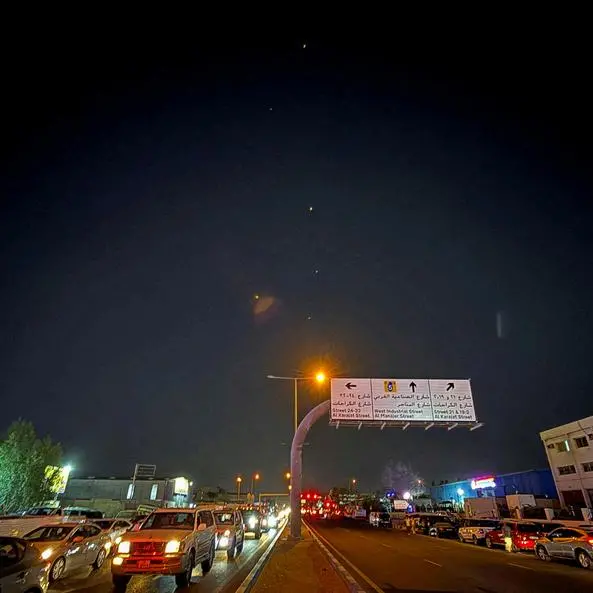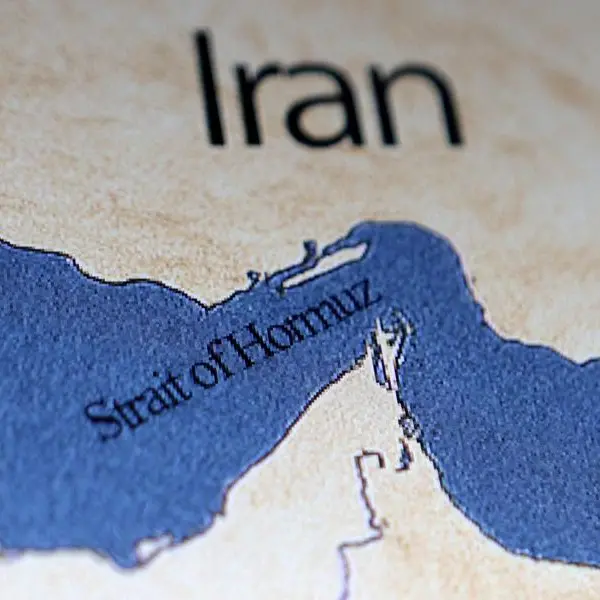Tuesday, Feb 07, 2012
Gulf News
Dubai A rapid growth in the world’s population, coupled with an international financial crisis, have led to a new problem — the highest number of unemployed youth in history, a UN report has revealed.
The report, titled Youth Employment: Youth Perspectives on the Pursuit of Decent Work in Changing Times, was released yesterday. It notes concerns that the unemployed youth have over the lack of job opportunities and how they would like to see an increase in investments aimed at creating employment.
The report drew attention to the “disturbingly high” levels of youth unemployment in the Middle East and North Africa.
The two regions have the highest rates of youth unemployment worldwide, studies have shown.
Distinguishing trait
The report also noted the “striking” percentage of unemployed young Arab females — a fact many experts believe constitutes one of the distinguished characteristics of the Arab region’s unemployment.
“Today we have the largest generation of young people the world has ever known,” UN Secretary-General Ban Ki-moon was quoted as saying in a press report, a copy of which was sent to Gulf News.
“They are demanding their rights and a greater voice in economic and political life. We need to pull the UN system together like never before to support a new social contract of job-rich economic growth. Let us start with young people.”
In the aftermath of the 2008 economic crisis, the global youth unemployment rate recorded its largest annual increase in 2009, with 75.8 million unemployed youth.
According to projections by the International Labour Organisation (ILO), at least 600 million jobs are needed over the next decade to absorb the 40 million new entrants into the labour market each year and to accommodate a huge backlog of unemployed people.
Nearly 200 million people out of the world’s 3.3 billion workers are out of work.
Link to Arab Spring
UN figures revealed that the Middle East and North African countries had the highest unemployment youth rates in 2011 — at 26.2 per cent and 27.1 per cent, respectively.
“There is no doubt that one of the contributing factors to the recent Arab Spring uprisings is the disturbingly high level of youth unemployment in the Middle East and North Africa region,” the UN report said.
“The total youth unemployment rate in 2010 was 25.5 per cent in the Middle East and 23.8 per cent in North Africa. Female youth unemployment in these regions was particularly striking, at 39.4 per cent in the Middle East and 34.1 per cent in North Africa.”
Maurizio Bussi, deputy regional director in the ILO’s Regional Office for Arab States, said the high level of unemployment among young women was one of the main differences between unemployment in the Arab region and elsewhere.
“The difference is mainly related, among other things, to women labour force participation in the Arab world, and this is where the difference is significant,” Bussi told Gulf News.
Limited access to jobs
While noting that some Arabs are not looking for jobs, he attributed the lower participation of women in the labour force to a number of reasons, which include a limited access to jobs, a lack of equal opportunities and treatment, relatively short maternity leave periods and social norms.
Arab countries, Bussi said, need to foster entrepreneurship and self-employment among the youth.
He said a huge majority had set their sights on public sector jobs but noted that these jobs were now hard to come by as governments keep shrinking.
“This is particularly [true] in Gulf [countries] and others like Jordan and Lebanon,” Bussi said.
statistics
growing problem
n The global youth unemployment rate, which has long exceeded that of other age groups, saw its largest annual increase on record in 2009 — peaking at 75.8 million people.
n In 2010, the global youth unemployment rate was 12.6 per cent, dramatically overshadowing the global adult unemployment rate of 4.8 per cent.
n Today about 152 million young workers live in households below the poverty line of $1.25 (Dh4.59) per day — comprising 24 per cent of the total working poor.
n Globally, in 2010, 56.3 per cent of young males participated in the labour force, compared to 40.8 per cent for young females. The global unemployment rate for young females was 12.9 per cent, compared with 12.5 per cent for young males. In the developed economies, in the European Union and in East Asia, young men have experienced slightly higher unemployment rates than young women.
n In response to their employment situations, there is some evidence suggesting that young people are delaying marriage and pregnancy, adjusting the size of the family and assuming increased care-giving responsibilities. Many young people are also moving back home or sharing homes to cut expenses.
n Developing countries are home to 87 per cent of the world’s youth, who are often underemployed and working in the informal economy under poor conditions. Youth living in poverty cannot afford to be unemployed.
— Source: UN Report
By Jumana Al Tamimi?Associate Editor
Gulf News 2012. All rights reserved.




















